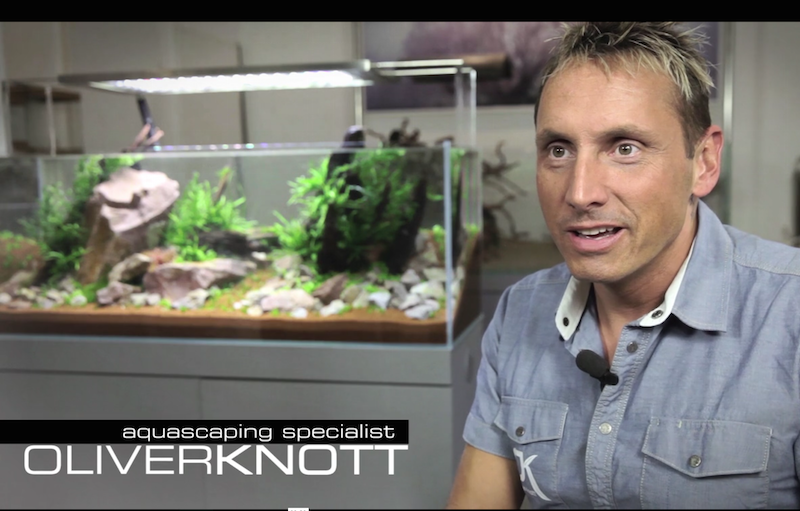Lupyled has been teasing their first LED light called theONE for about a year and half and all the while they’ve been rather coy about what makes this light worth talking about at all. For 18 months all we’ve gotten to see of theONE LED is a sleek metal slab and lots of hype but yesterday a video was released showing Oliver Knott discussing and demonstrating some of the light’s unique features.
The Lupyled launch video for theONE is not a complete unveiling but it does give a nice preview of how radically different this LED light is. Fundamentally speaking, theONE is unlike any light that reefers, or any aquarists for that matter, have ever used over our aquariums.
Anyone can make a light with a big heatsink and slap in a ton of high output LEDs, and wire them up on a few channels to control. TheONE LED is clearly made from a different design with the entire fixture being populated by a huge field of medium output SMD LEDs. Where Lupyled breaks away from the pack is by having each cluster of LEDs individually controllable, in both color and intensity.

For example, the smallest tehONE LED is 80cm x 30cm x 2.3 cm thick (31 x 12 x 1 inch), and it includes 4 circuit boards, each with 24 single-cluster LEDs for a total of 108 lighting zones within the smallest model of theONE alone. Each zone is individually controllable so you can truly fine tune the color of light that is falling on your favorite freshwater plant or saltwater coral.
Trying to explain to someone how to use this level of engineering and design sophistication is only an exercise in self-immolation until you realize that the powerful app controlling theONE LED is equally impressive. Simple navigation and intuitive graphical user illustrations allows you to dial in the color and spectrum of every zone at the touch of a button.
Imagine if AquaIllumination had continued to work on and develop the Vega LED with it’s 20 independently controllable color channels. Then stack five of them together and you’d get 100 LED lighting zones but you still would only have one color per zone. This is where the Lupyled is a truly groundbreaking aquarium LED light.

For once, the long wait of development and the hype leading up to the launch somewhat lines up with the unique piece of aquarium equipment we’ve been presented. If it was inevitable that our LED lights would go from single color, to dual color to now full color spectrum, we guess it’s somewhat also inevitable that we’ll eventually be able to control just about every single diode within a single fixture.
There’s still a lot we don’t know about theONE from Lupyled, notably how much it will cost, when it will be available, how many sizes there will be, and how much total power it will be able to crank out. TheONE may be able to light up planted tanks and small reef tanks but there is a limit to the power output of SMD LEDs so we’re holding out to hear more to see if there’s even a remote possibility of lighting up large reef tanks with this particular device.



